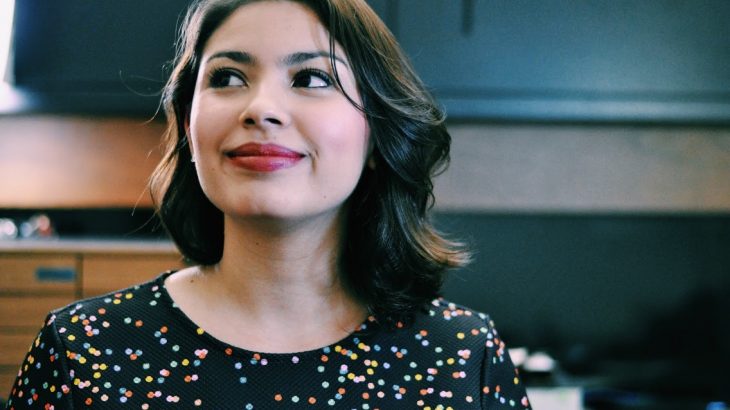This article has been written based on the information provided by Isadora Mayumi W. Nicacio.
Components of a product:
There are 3 main characteristics that can define a product:
1. Function
2. Shape
3. Meaning
Function is the purpose of the artifact: a vacuum cleaner should suck, a crusher must crush, a car must run and so on; the basic function must be efficient between functions, we must also consider what is relevant to the use – as complementary functions, ergonomics, affordance, maintenance.

Shape is the geometric appearance – from a structural point of view, the shape must be the way an artifact is recognized as belonging to an archetype, but geometric details may suggest interpretations, carrying with them some meanings; in a broader sense, we consider as any type of appearance for any type of sensory channel, such as like hearing, touch, smell, taste.
Meaning is the reported, often unconscious and completely unrelated to functions, capable of carrying emotions; one set of appropriate shapes can cause an artifact to be a luxury, a retro or high-tech object, an exotic, elegant element for men, for people of a certain stereotype, and so on.

How do we sell?
The only way to compete has been to add new meanings to products, making a difference and bringing some reasons to convince consumers to buy one product in place of another.
In addition to the functions and an acceptable price, the products began to present forms and styles that are able to communicate emotions to users.
Emotional Design Levels
First: Visceral
Second: Behavioralz
Third: Reflective

VISCERAL DESIGN Concerns itself with appearances. This level of design refers to the perceptible qualities of the object and how they make the user/observer feel. Much of the time spent on product development is now dedicated to visceral design, as most products within a particular group tend to offer the same or a similar set of functions, so the superficial aspects help distinguish a product from its competitors. ‘Branding’: the act of distinguishing one product from another, not by the tangible benefits it offers the user but by tapping into the users’ attitudes, beliefs, feelings, and how they want to feel. Visceral design aims to get inside the user’s/customer’s/observer’s head and tug at his/her emotions either to improve the user experience.
BEHAVIORAL DESIGN Pleasure and effectiveness of use, practical and functional aspects of a product. Behavioral design is interested in how users carry out their activities, how quickly and accurately they can achieve their aims and objectives, how many errors the users make when carrying out certain tasks, and how well the product accommodates both skilled and inexperienced users. The behavioral level essentially refers to the emotions we feel as a result of either accomplishing or failing to complete our goals. When products/objects enable us to complete our goals with the minimum of difficulty and with little call for conscious effort, the emotions are likely to be positive ones. In contrast, when products restrict us we are more inclined to experience some negative emotion.
REFLECTIVE DESIGN Considers the rationalization and intellectualization of a product. This is the highest level of emotional design; representing the conscious thought layer, where we consciously approach a design; weighing up its pros and cons, judging it according to our more nuanced and rational side, and extracting information to determine what it means to us as an individual. Both enjoyment and self-expressiveness are influenced by the visceral level (“Does this look beautiful?”) but also very much by the reflective level (“What will my friends think when they see me wearing this?”). The reflective level mediates the effects of the behavioral level – users may well put up with difficulties and shortcomings in the usability, but it doesn’t matter since it provides for the users the ability to express themselves and to enhance their image.
